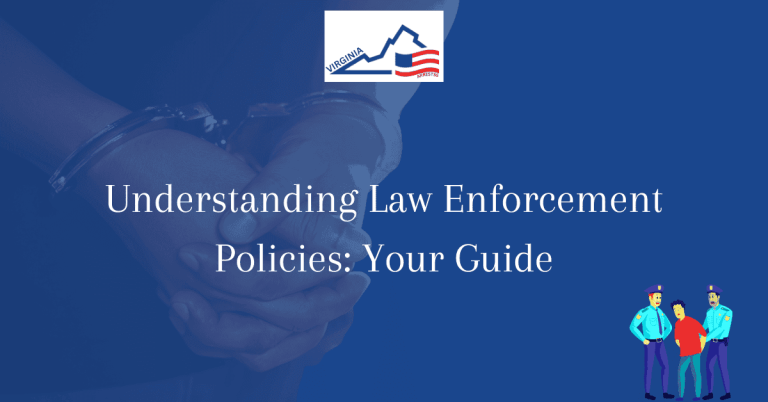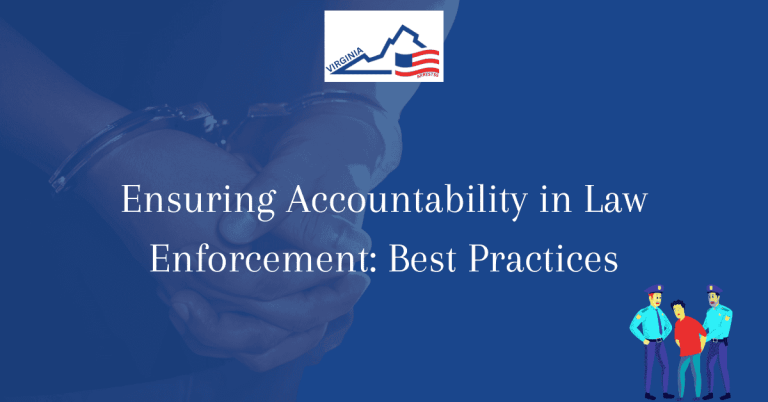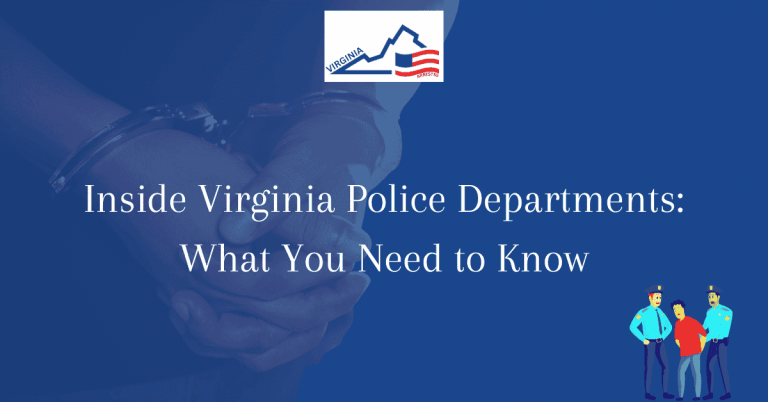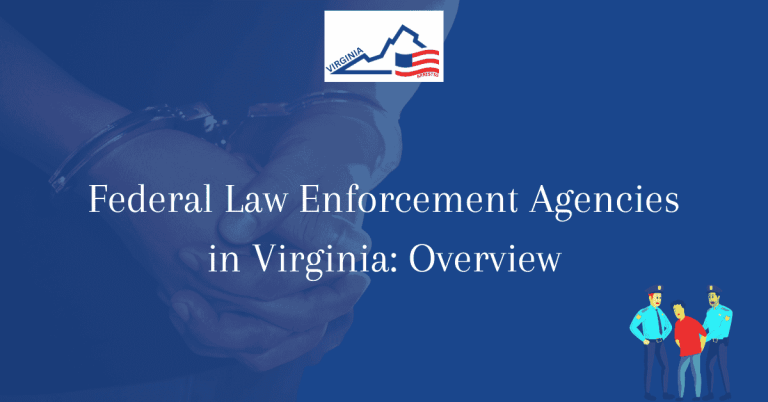Collaborative Efforts in Virginia Law Enforcement
Virginia law enforcement agencies have come together to form a strong network aimed at promoting safety and security across the state. This collaborative approach allows for the sharing of resources, information, and strategies to effectively combat crime and protect the community. By working together, these agencies are able to address issues more efficiently and respond to emergencies promptly.
Through joint training exercises, task forces, and information sharing initiatives, law enforcement agencies in Virginia are able to coordinate their efforts and maximize their impact. This collaborative mindset fosters a sense of unity and cohesion among different departments, ultimately leading to a safer and more secure environment for all residents. By pooling their resources and expertise, these agencies are able to achieve greater success in their mission to serve and protect the people of Virginia.
Collaboration in Virginia Law Enforcement
Collaboration is a key aspect of effective law enforcement in Virginia, with various agencies and departments working together to ensure the safety and security of the community. Inter agency cooperation plays a crucial role in sharing resources and information, enabling law enforcement agencies to tackle crime more efficiently and effectively.
Sharing Resources and Information
One of the main benefits of collaboration in Virginia law enforcement is the sharing of resources and information among different agencies. This allows for a more comprehensive approach to fighting crime, as agencies can pool their expertise and resources to address complex challenges.
Effective Strategies Against Crime
By working together, law enforcement agencies in Virginia can develop and implement more effective strategies to combat crime. Joint operations and task forces are often formed to target specific criminal activities, leading to increased success in apprehending criminals and reducing crime rates.
Benefits of Coordinated Approaches
Collaborative efforts in Virginia law enforcement have numerous benefits, including enhanced community safety and accountability for criminals. By coordinating their approaches, agencies can create a unified front against criminal activities, making it harder for criminals to operate undetected.
Enhanced Community Safety
Collaboration in law enforcement leads to enhanced community safety, as agencies work together to address the root causes of crime and prevent future criminal activities. By partnering with other agencies, law enforcement can more effectively protect the public and maintain peace and order.
Accountability for Criminals
Through collaborative efforts, law enforcement agencies in Virginia can hold criminals accountable for their actions. By working together to investigate and prosecute criminal activities, agencies can ensure that justice is served and that criminals are brought to justice.
Partnerships and Joint Initiatives
Partnerships and joint initiatives are essential in addressing complex challenges in law enforcement. By forming task forces and working together on specific issues, agencies can pool their expertise and resources to develop innovative solutions to difficult problems.
Addressing Complex Challenges
Collaborative efforts help law enforcement agencies in Virginia address complex challenges that require a unified approach. By partnering with other agencies, law enforcement can leverage different perspectives and resources to find effective solutions to difficult problems.
Unified Front Against Criminal Activities
By presenting a unified front against criminal activities, law enforcement agencies in Virginia can deter criminals and reduce crime rates. Through partnerships and joint initiatives, agencies can coordinate their efforts to target criminal organizations and individuals, making it harder for them to operate.
Efficient Incident Response and Well-being Protection
Collaborative efforts in law enforcement lead to more efficient incident response and better protection of the well-being of the community. By pooling their expertise and resources, agencies can respond more quickly and effectively to incidents, ensuring public safety and maintaining justice principles.
Pooling Expertise and Resources
By pooling their expertise and resources, law enforcement agencies in Virginia can respond more efficiently to incidents and protect the well-being of the community. Through partnerships and joint initiatives, agencies can leverage their combined strengths to address emergencies and crises effectively.
Maintaining Public Safety and Justice Principles
Collaboration in law enforcement helps maintain public safety and uphold justice principles in Virginia. By working together, agencies can ensure that the community is protected from criminal activities and that justice is served for victims of crime.
Frequently Asked Questions
Our FAQ section aims to address common queries related to Collaborative Efforts in Virginia Law Enforcement, providing detailed explanations for optimal understanding.
What are collaborative efforts in Virginia law enforcement?
Collaborative efforts in Virginia law enforcement involve partnerships between different agencies, organizations, and community members to address crime, ensure public safety, and improve overall law enforcement effectiveness. These partnerships can include joint task forces, information sharing initiatives, training programs, and community policing efforts.
How do collaborative efforts benefit Virginia law enforcement agencies?
Collaborative efforts benefit Virginia law enforcement agencies by enhancing communication and coordination among different entities, pooling resources and expertise, improving response times to incidents, and fostering trust and cooperation within the community. By working together, agencies can address complex issues more effectively and efficiently.
What are some examples of successful collaborative efforts in Virginia law enforcement?
Successful collaborative efforts in Virginia law enforcement include multi-agency task forces targeting specific types of crime, community policing programs that involve officers working closely with residents to address local concerns, and information sharing initiatives that enable agencies to exchange data and intelligence in real-time. These efforts have led to significant reductions in crime rates and improved public safety in various communities across the state.
How can organizations and community members get involved in collaborative efforts in Virginia law enforcement?
Organizations and community members can get involved in collaborative efforts in Virginia law enforcement by participating in community policing programs, attending public meetings and forums to voice their concerns and suggestions, volunteering with local agencies, and supporting initiatives that promote collaboration and cooperation among different entities. By actively engaging in these efforts, individuals and organizations can contribute to creating safer and more secure communities.
What challenges do collaborative efforts face in Virginia law enforcement?
Challenges faced by collaborative efforts in Virginia law enforcement include issues related to jurisdictional boundaries, differing organizational cultures and priorities, limited resources and funding, communication barriers, and concerns about data privacy and information sharing. Overcoming these challenges requires strong leadership, effective communication strategies, clear protocols and guidelines, and ongoing evaluation and adaptation of collaborative initiatives.
How can the effectiveness of collaborative efforts in Virginia law enforcement be measured?
The effectiveness of collaborative efforts in Virginia law enforcement can be measured through various metrics, including changes in crime rates, response times to incidents, community satisfaction surveys, levels of trust and cooperation between agencies and community members, successful outcomes of joint operations, and the impact of collaborative initiatives on overall public safety and well-being. By analyzing these indicators, agencies can assess the success and impact of their collaborative efforts and make informed decisions for future planning and resource allocation.







